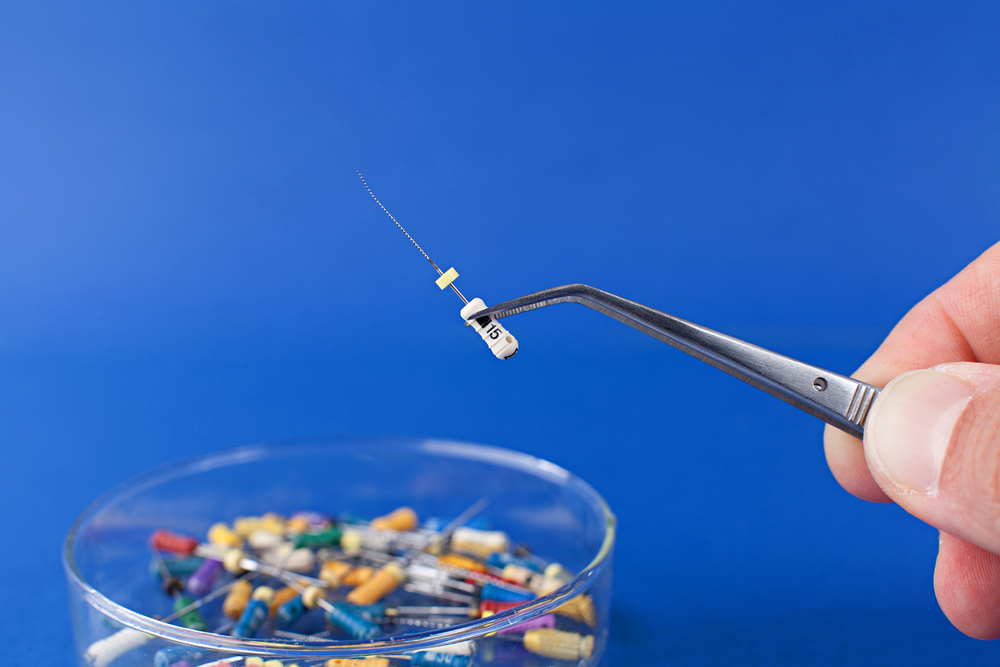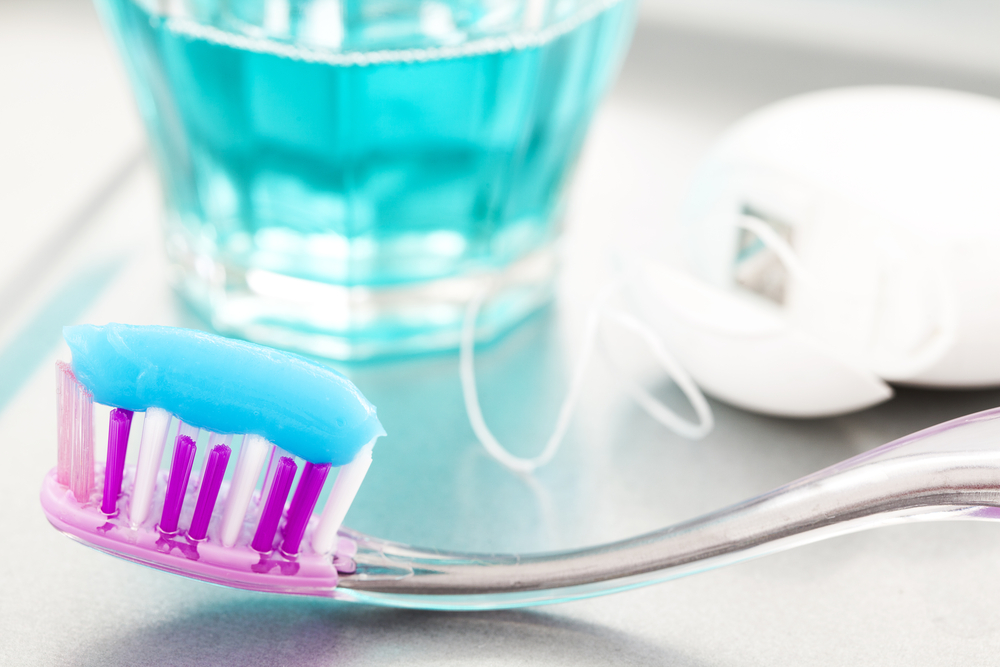The main purpose of a root canal procedure is to salvage a tooth that has decayed or is infected.
Each one of your teeth has 3 layers – enamel (the protective outer layer), dentin (the middle layer that’s responsible for the color of your teeth), and the pulp (where the nerves and blood vessels are housed).
When decay reaches the inner layer of your tooth, you will need a root canal in order to salvage the tooth. The dentist must remove the infected pulp and any other decaying components in the tooth.
Here’s the general root canal procedure you can expect to receive.
Root Canal Diagnosis
The dentist will first examine the extent of the decay in your tooth. If any decay has reached the inner layer of your tooth, you will need a root canal.
For patients who have dental anxiety or phobia, we offer sedation dentistry to provide them with relaxing experiences. If you believe that you will need sedation, discuss your options with the dentist.

Prepping the Tooth
To prepare your tooth for root canal treatment, the dentist will give you a local anesthetic around the decaying tooth.
Local anesthesia is medicine that is used to block the sensation of pain to the specific area of your body. Instead of numbing your entire mouth, the dentist will numb only the area of your mouth that could experience pain.
A rubber dam will be placed around the tooth receiving the root canal, to protect it from getting a bacterial infection from your saliva.

Reaching the Root
In order to access the damaged pulp, the dentist will make a hole in your tooth with a dental drill.
If the treatment is on a front tooth, the dentist will reach the pulp through the back of the tooth. For back teeth, the dentist will drill directly through the chewing surface.
Cleaning Out the Tooth
At this point, the dentist will remove the pulp and any other parts of decay from your tooth using root canal files.
These files vary in diameter, enabling the dentist to enlarge the roots and reshape the pulp chamber, making room for the filling.

Filling and Sealing the Root Canal
Depending on your tooth, the dentist may give you a temporary filling and in about a week, permanently fill and seal the tooth.
Generally, the dentist will immediately fill and seal the tooth if there is no other infection in the tooth that needs to be treated.
The dentist will most likely fill your tooth with a rubber compound (called gutta-percha), and then seal the tooth with a root canal paste sealer.
Pots-Treatment
The local anesthesia will last for a few hours, so be careful and avoid biting down; you could harm your mouth without realizing it. If you were sedated, you will need to have someone drive you home.
You may experience pain and tenderness in and around the tooth for the first few days. If severe pain persists, immediately return to the dentist.

A root canal requires only the daily dental care you’re already practicing. Brush twice a day, floss once a day, and visit the dentist every six months.
For more information or to schedule a dental appointment, contact Greenspoint Dental in Houston, Texas. We are dedicated to providing you and your loved ones with the best dental care.

